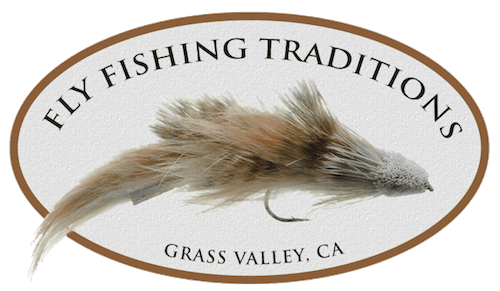It seems like the roll cast is used so often, whether you fishing with bushes behind you, doing a roll pickup to re-deliver a dry fly or re-casting a nymph rigg when you’re drifting down the river in a boat, that it should be on the top of everyone’s list to practice and master. So basic and such an important technique to have at your call when you need it.
I’ll never forget the casting video with Mel Kreiger, when he explains that the delivery stroke/snap when making a roll cast is like cutting of the head of a chicken with a hatchet. If you’ve seen it, you’ll know what I mean.
Once you start using the roll cast you’ll notice that you use it more often than you realize. That’s the key it should be second nature, something you don’t have to think about.
The roll cast has two big advantages.
(1) it is a more stealthy cast as opposed to false casting over rising fish
(2) It enables you to present a cast with obstacles directly behind you like, willows, brush or a peanut gallery of people watching you, hopefully people that aren’t laughing at you.
What are the keys to making a good roll cast?
After pointing your rod at the flys strip in excess line until you are tight to your flies. Gradually accelerate the rod backwards, drawing the line and flies towards you to build up speed and resistance. As the rod tip and the line moves behind your shoulder, raise the tip up to a 1:00 position with your hand ending up by your ear.
(1) Stop the Rod at that position
(2) Change Direction and cast forward to your target looking through your thumb at the target.
(3) Unfurl the cast to the targeted area.
Sounds easy, but there are a few common mistakes that we are all guilty of from time to time, such as;
Starting the roll cast with too much loose line on the water. The rod tip is pointed straight up at the sky and in the wrong position to load properly.
Things to Remember
(1) Retrieve the rod tip from a low position and keep noticeable tension on the line as it slices through the current.
(2) With this motion and when the time is right, lift the rod tip skyward
(3) Snap the rod forward and unfurling the line to your target.
Practice this stroke and get it down and you won’t be sorry that you spent the extra time.. The roll cast has two big advantages,
(1) it is a more stealthy cast as opposed to false casting over rising fish
(2) It enables you to present a cast with obstacles directly behind you like, willows, brush or a peanut gallery of people watching you, hopefully people that aren’t laughing at you.
What are the keys to making a good roll cast?.
After pointing your rod at the flys strip in excess line until you are tight to your flies. Gradually accelerate the rod backwards, drawing the line and flies towards you to build up speed and resistance. As the rod tip and the line moves behind your shoulder, raise the tip up to a 1:00 position with your hand ending up by your ear.
(1) Stop the Rod at that position
(2) Change Direction and cast forward to your target looking through your thumb at the target.
(3) Unfurl the cast to the targeted area.
Sounds easy, but there are a few common mistakes that we are all guilty of from time to time, such as;
Starting the roll cast with too much loose line on the water. The rod tip is pointed straight up at the sky and in the wrong position to load properly.
Things to Remember
(1) Retrieve the rod tip from a low position and keep noticeable tension on the line as it slices through the current.
(2) With this motion and when the time is right, lift the rod tip skyward
(3) Snap the rod forward and unfurling the line to your target.
Practice this stroke and get it down and you won’t be sorry that you spent the extra time.
